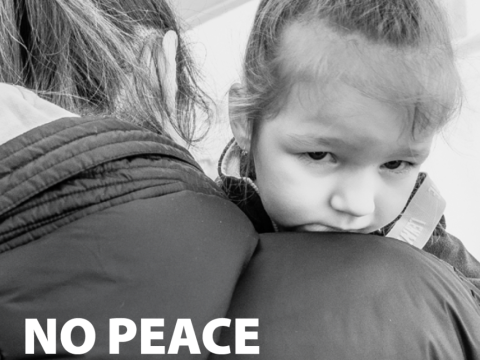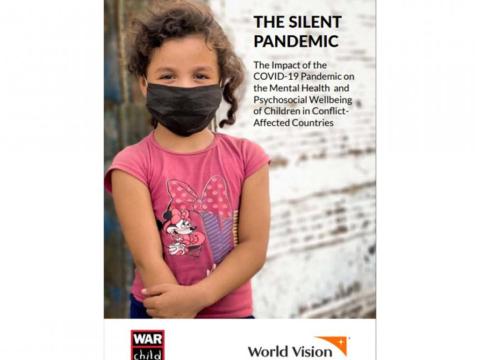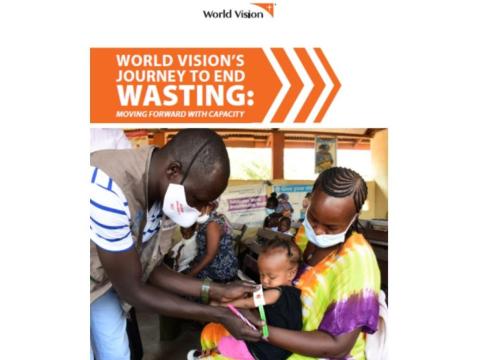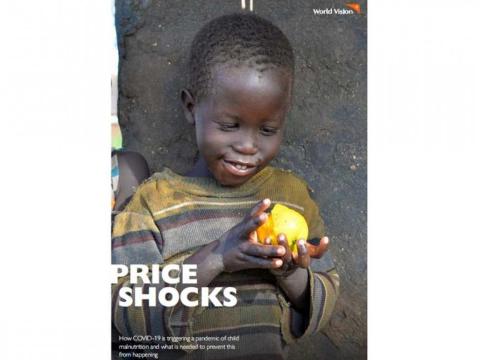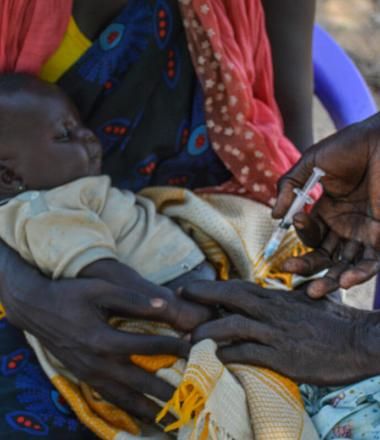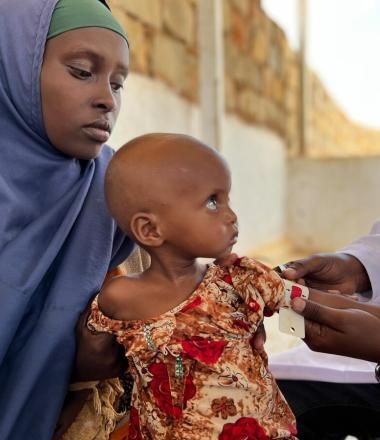
Health & Nutrition in Emergencies
Health and Nutrition in Emergencies
Humanitarian crises have a significant impact on the health and well-being of affected populations, and the primary goal of any response is to reduce and prevent morbidity and mortality. The extent of risk to a population will depend on the type of crisis. A crisis can have both direct (illness and injury) and indirect (changes in living conditions or displacement) impacts on health. Children and pregnant women are usually the most vulnerable in such conditions. Almost half of deaths under five now occur during the newborn period, and the most vulnerable children are still exposed to diseases such as pneumonia, diarrhea and malaria, which account for over 43% of under-five mortality. Malnutrition remains an underlying cause of 45% of all under-five deaths, but only 20% of young children with severe malnutrition receive assistance.
Access to lifesaving health care is crucial in any humanitarian crisis and includes health promotion, prevention, treatment, and rehabilitation. The crisis may erode social support systems which may result in negative coping mechanisms, reduction in help seeking behaviours, increase in incidence of protection and Gender Based Violence and the subsequent health impacts. Increased stress can also trigger increased mental health conditions.
Our Impact
World Vision's Response
World Vision addresses and advocates on the leading causes of illness and mortality in children under five years. It works with Ministries of Health in over 56 countries on health system strengthening and has trained and supported over 184,000 CHWs, with a focus on Maternal, Newborn, and Child Health and Nutrition, and other public health interventions including care, prevention, and referral of people with HIV, TB, malaria and other diseases at the community level. Where there is need for direct service delivery World Vision provides primary care through mobile and static centers either directly or through partners. It integrated prevention and treatment of disease, malnutrition and Mental health and psychosocial needs.
In 2021, World Vision had humanitarian health programs in Afghanistan, DRC, Ethiopia, Indonesia, Iraq, Mali, Senegal, Sierra Leone, Somalia, South Africa (HIV), South Sudan, Syria, Uganda and Zimbabwe. The 2021 budget for humanitarian health was over US$8 million. In addition, the overall Covid-19 response (2020-22) reached over 51 million people and assisted over 42,000 health facilities
Some of the health approaches include
- Women adolescent and young child spaces (WAYCS)
- Nurturing care groups with mental health and psychosocial support (NCG+PM+)
- Community based management of acute malnutrition (CMAM)
- Infant and young child feeding in emergencies (IYCFe)
- Community health worker program (CHW)
- Problem management plus (PM+)
- Interpersonal Therapy for groups (IPT-G)
- Channels of hope for Ebola, Covid-19
World Vision's health programme is varied and continued to provide lifesaving services such as health service delivery, community outreach and household visits for maternal and new borne child health, nutrition screening and mental health support despite the ongoing Covid 19 pandemic. In all projects focus on covid-19 prevention and treatment, such as home care and vaccine uptake were supported by health staff. Other potential outbreaks were not forgotten with response to Ebola in DRC, Cholera and Measles in Syria, with awareness campaigns, mental health support and advocacy for access to services.
